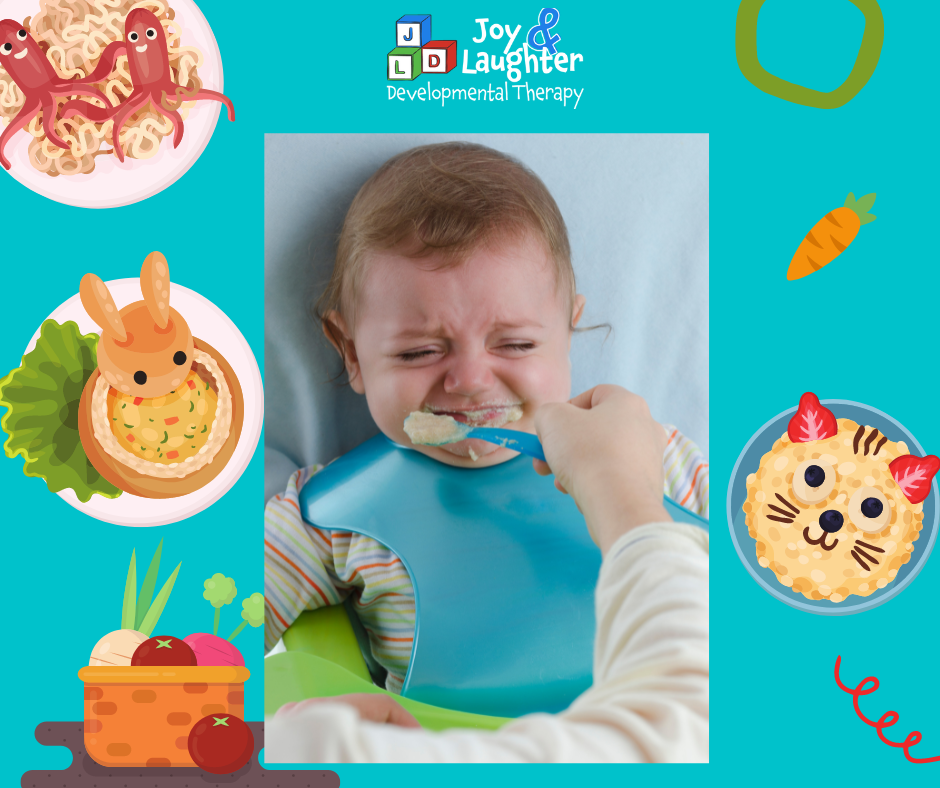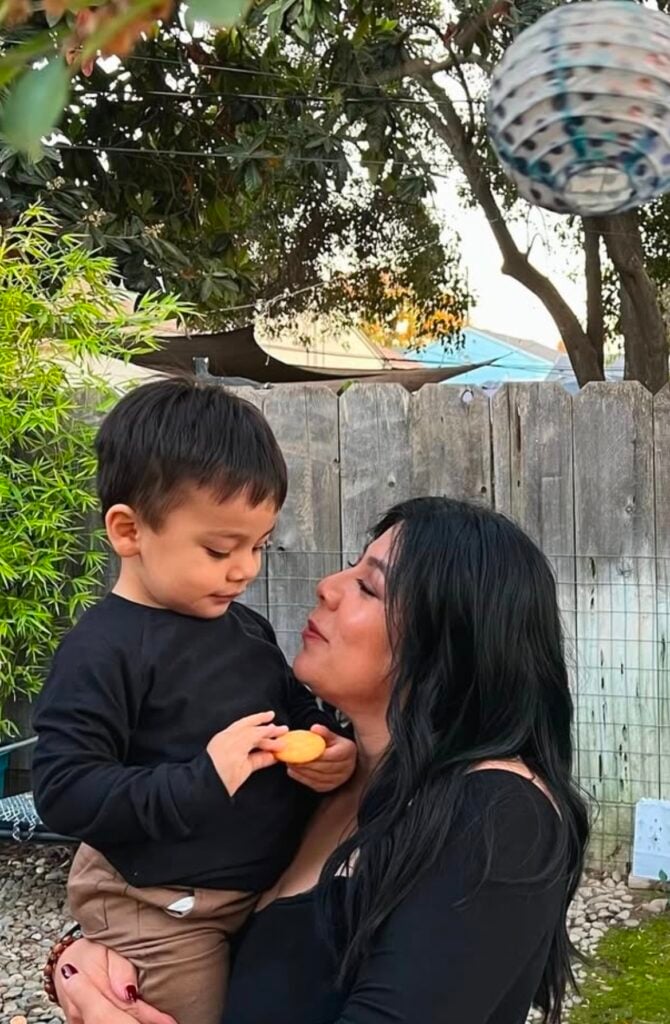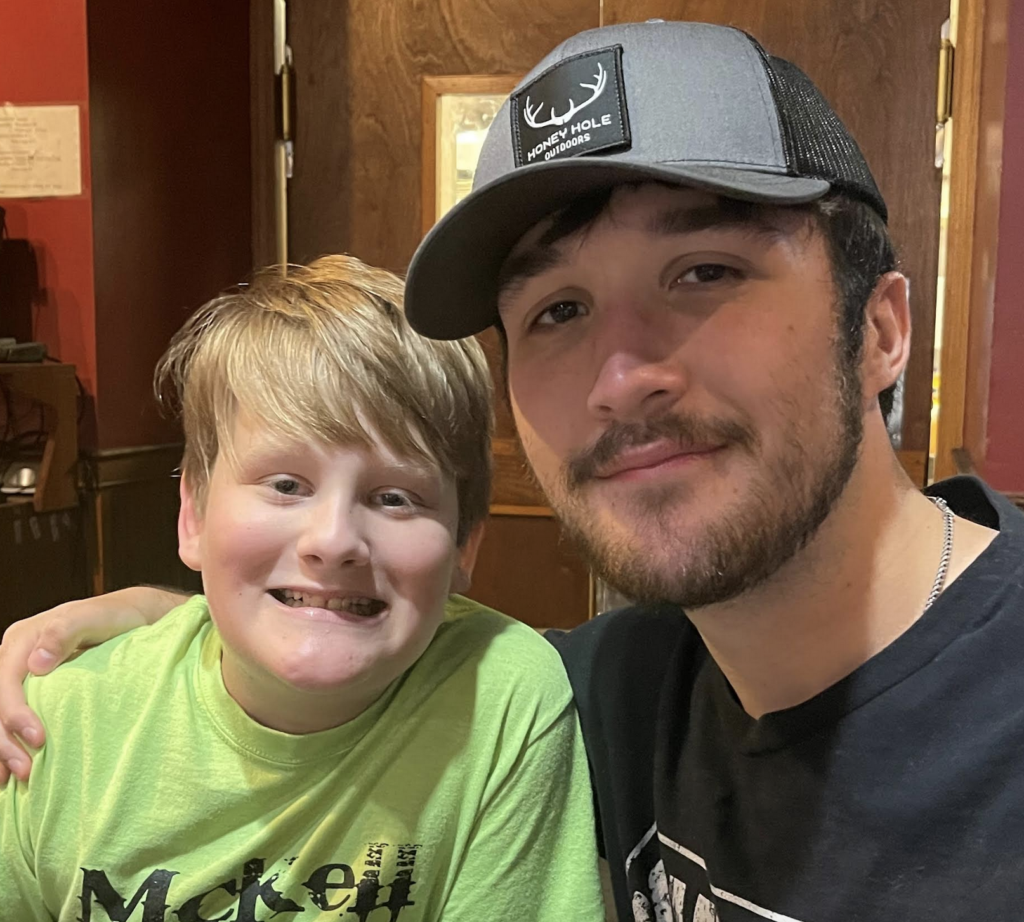
First, let’s talk about WHAT IS FEEDING THERAPY
The goal of feeding therapy is to help patients develop normal, effective feeding patterns and behaviors. A child may be referred for feeding therapist if it has:
- Difficulty chewing foods, typically swallowing food in whole pieces.
- Difficulty swallowing foods or refuses to swallow certain types of food consistencies.
- Refuses to eat certain food textures or has difficulty transitioning from one texture to another texture (ex: from bottle feedings to purees, from purees to soft solids or mixed textured foods).
- Gags on, avoids or is very sensitive to certain food textures, food temperatures and/or flavors.
- Struggles to control and coordinate moving food around in mouth, chewing and preparing to swallow food.
- Fussy or irritable with feeding.
- The child seems congestion during feedings or after.
- Frequently coughs when eating.
- Gags and chokes when eating.
- Frequently vomits during or immediately after eating or drinking.
- Refuses or rarely tries new foods.
- Pushes food away.
- Has difficulty transitioning from gastric tube (G tube) feedings to oral feedings.
- Negative mealtime behaviors (infant cries, arches, pulls away from food; child refuses to eat, tantrums at mealtimes or “shuts-down” and does not engage in mealtime).
- Infant demonstrating signs of difficulty with coordinating the suck/swallow/breath pattern during bottle or breastfeeding.
- Feeding time taking longer than 30 minutes for infants, and 30 to 40 minutes for toddlers or young children.
- Known to be a “picky eater” who eats a limited variety of foods or consistencies.
How can feeding therapists help?
A feeding therapists are specially trained to help assess your child’s chewing skills and if they are moving their tongue correctly. A feeding therapist teach them to strengthen the muscles in their mouth and help them move their tongue effectively. A feeding therapist is more than just “teaching a child to eat.” Therapists work closely with patients and their families to determine the source of the child’s difficulties and develop very specific therapies to make the entire process of eating easier and more enjoyable.
What parents can do at home to help mealtime be less stressful
- Be fun and creative.
- Offer your child a variety of colorful, age-appropriate, healthy food.
- Model good eating behavior: eat vegetables yourself, don’t eat while watching TV.
- Have a consistent mealtime routine.
- If your child doesn’t like a food, offer it another day. It may take several tries.
- Don’t force your child to eat or make them sit for long periods until they eat something.
- If you have a family history of food allergies, talk to your pediatrician before introducing foods that contain common allergens like milk, eggs, peanuts or gluten.



































































































